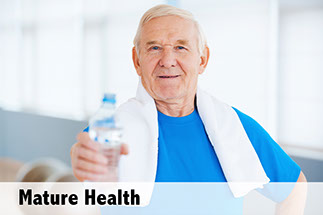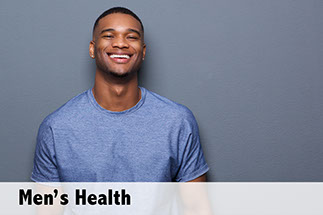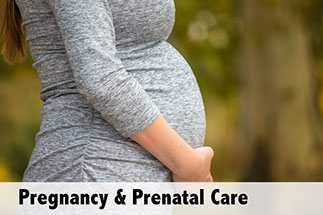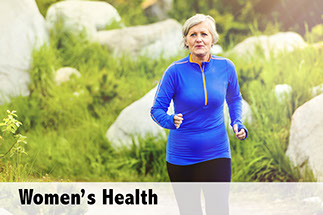Skin Conditions
Sunburn
You should never get sunburned! It leads to premature aging, wrinkling of the skin, and skin cancer.
Signs & Symptoms
• Red, swollen, painful, and sometimes blistered skin
• Headache
• Mild fever
• Chills, fever, nausea, and vomiting if the sunburn is extensive and severe
Causes, Risk Factors & Care
Sunburn results from too much exposure to ultraviolet (UV) light from: The sun, sunlamps, and workplace light sources, such as welding arcs. Severe sunburn can occur even when the skies are overcast.
The risk for sunburn is increased for persons with fair skin, blue eyes, and red or blond hair and for persons taking some medicines. These include sulfa drugs, tetracyclines, some diuretics, and Benadryl, an over-the-counter antihistamine.
Self-care treats most cases of sunburn. Medical treatment is needed for a severe case of sunburn. Immediate care is needed if dehydration and/or a heat stroke is also present with the sunburn.
Prevention
• Avoid exposure to the midday sun (10 a.m. to 4 p.m. standard time or 11 a.m. to 5 p.m. daylight saving time).
• Use sunscreen with a sun protection factor (SPF) of 15 to 30 or more when exposed to the sun. The lighter your skin, the higher the SPF number should be. Make sure the sunscreen blocks both UVA and UVB rays. Reapply sunscreen every hour and after swimming.
• Use moisturizers, make-up, lip balm, etc. with sunscreen.
• Wear a wide-brimmed hat and long sleeves.
• Wear clothing with sunscreen protection or muted colors, such as tan. Bright colors and white reflect the sun onto the face.
• Wear sunglasses that absorb at least 90% of both UVA and UVB rays.
Self-Care
• Cool the affected area with clean towels or gauze dipped in cool water. Take a cool bath or shower.
• Take an over-the-counter medicine for pain and/or fever.
• Apply aloe vera gel to the sunburned area 2 to 3 times a day.
• When you go in the sun again, wear sunscreen and cover sunburned skin so you don’t get burned more.
• Rest in a cool room. Find a position that doesn’t hurt the sunburn.
• Drink plenty of water.
• Don’t use local anesthetic creams or sprays that numb pain, such as Benzocaine or Lidocaine. If you must use them, use only a little, because they cause allergic reactions in some people.
Signs & Symptoms
Contact Doctor When:
You have a fever of 102°F or higher and/or severe pain or blistering with a sunburn.
Get Immediate Care When:
You have signs of heat stroke.

Download an offline pdf file.
RELATED ARTICLES
<
>
2021 © American Institute for Preventive Medicine - All Rights Reserved. Disclaimer | www.HealthyLife.com








